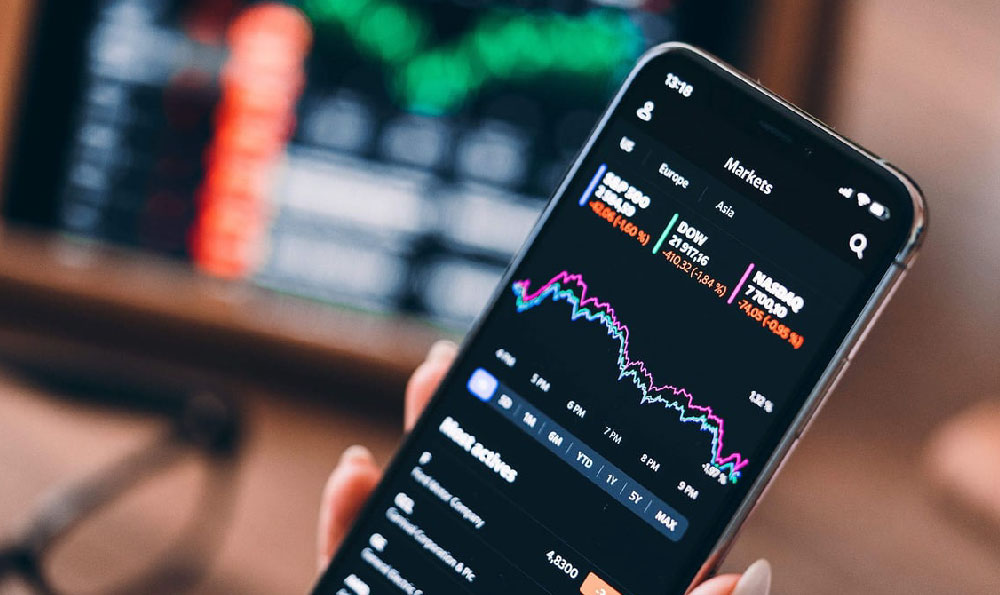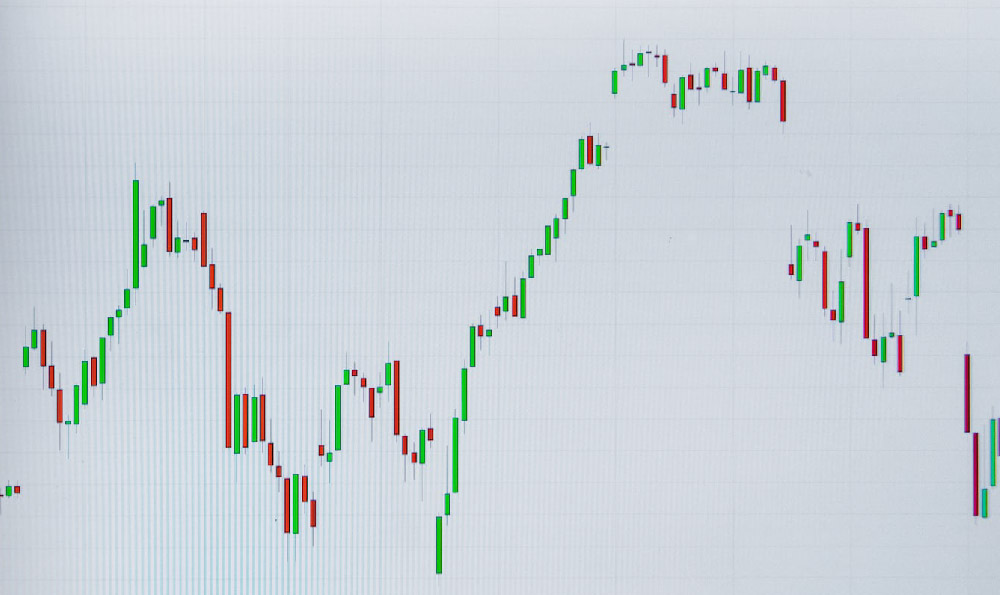The Bitcoin halving is a pivotal event in the cryptocurrency world, triggering discussions, predictions, and strategic shifts among investors. Understanding when the next halving will occur and how platforms like Keepbit factor into the equation is crucial for navigating the digital asset landscape.
Decoding the Bitcoin Halving Mechanism
Bitcoin halving is a pre-programmed event that occurs roughly every four years, or more precisely, every 210,000 blocks. During a halving, the reward miners receive for validating transactions and adding new blocks to the Bitcoin blockchain is cut in half. Initially, miners received 50 BTC per block; after the first halving in 2012, this was reduced to 25 BTC. The second halving in 2016 brought it down to 12.5 BTC, and the third in 2020 further reduced it to 6.25 BTC. This mechanism is integral to Bitcoin's scarcity model, designed to control inflation and ensure the cryptocurrency remains a deflationary asset over time.

Predicting the Next Halving: A Date Range
Predicting the exact date of the next halving is not an exact science. Because it is tied to block generation rather than a fixed date, the precise timing depends on the average block creation time. Historically, a new block is added to the Bitcoin blockchain approximately every 10 minutes. Based on this average and the fact that the next halving will occur at block 840,000, it is widely estimated that the next Bitcoin halving will take place sometime in April 2024.
However, it's important to remember that this is an estimated range. Fluctuations in network hash rate (the computational power used to mine Bitcoin) can influence block creation times, potentially shifting the halving date forward or backward by a few weeks. Cryptocurrency enthusiasts and analysts closely monitor block height and estimated time to halving through various blockchain explorers and monitoring tools to refine their predictions as the event approaches.
Historical Impact of Halving Events
Historically, Bitcoin halvings have been correlated with significant price increases. While correlation doesn't equal causation, the reduced supply of new Bitcoin entering the market after each halving has generally led to increased demand and, consequently, price appreciation. After the 2012 halving, Bitcoin's price surged significantly over the following year. A similar pattern was observed after the 2016 and 2020 halvings, although the magnitude and timing of the price movements varied.
It is crucial to acknowledge that past performance is not indicative of future results. Many factors beyond supply and demand influence Bitcoin's price, including regulatory developments, macroeconomic conditions, technological advancements, and market sentiment. Nevertheless, the halving event remains a significant catalyst for discussion and often a driver of renewed interest in Bitcoin.
Keepbit: A Platform for Crypto Engagement
Keepbit is a platform that aims to provide users with a comprehensive suite of tools and services for engaging with the cryptocurrency market. While specific features and offerings may evolve, the platform generally focuses on facilitating trading, providing market insights, and potentially offering staking or lending opportunities.
Potential Keepbit Offerings & Relevance to Halving:
-
Trading Platform: Keepbit likely offers a user-friendly interface for buying, selling, and trading various cryptocurrencies, including Bitcoin. As the halving approaches and market volatility increases, access to a reliable trading platform becomes essential for investors seeking to capitalize on potential price movements.
-
Market Analysis and Insights: The platform might provide users with access to real-time market data, technical analysis tools, and expert commentary to help them make informed investment decisions. Understanding market trends and sentiment surrounding the halving is crucial for developing effective trading strategies.
-
Staking and Lending: Keepbit could offer staking or lending programs that allow users to earn passive income on their cryptocurrency holdings. These options can be attractive for investors looking to maximize their returns in a potentially volatile market environment. Post-halving, lower block rewards can impact miner profitability, which can in turn influence the lending and staking markets.
-
Educational Resources: A strong platform often offers educational resources to help users understand the complexities of the cryptocurrency market, including the implications of Bitcoin halvings. These resources can empower users to make sound investment decisions and avoid common pitfalls.
-
Risk Management Tools: Given the inherent volatility of the cryptocurrency market, especially around halving events, Keepbit may provide tools for managing risk, such as stop-loss orders and portfolio diversification strategies.
Navigating the Halving and Potential Market Volatility
The Bitcoin halving can often lead to increased market volatility as traders and investors speculate on the potential impact on Bitcoin's price. It's important for investors to exercise caution and manage their risk accordingly. Some key strategies include:
-
Do Your Own Research (DYOR): Before investing in any cryptocurrency, it's essential to conduct thorough research and understand the underlying technology, market dynamics, and potential risks.
-
Diversify Your Portfolio: Avoid putting all your eggs in one basket. Diversify your cryptocurrency portfolio across different assets to mitigate risk.
-
Manage Your Risk: Use stop-loss orders and other risk management tools to protect your investments from excessive losses.
-
Invest for the Long Term: Cryptocurrency investments should ideally be viewed as long-term investments, rather than short-term get-rich-quick schemes.
-
Be Prepared for Volatility: The cryptocurrency market can be highly volatile, especially around halving events. Be prepared for price swings and avoid making emotional investment decisions.
Conclusion
The Bitcoin halving is a significant event that has historically impacted the cryptocurrency market. While predicting the exact date and impact of the next halving is challenging, understanding the underlying mechanism and historical trends can help investors make informed decisions. Platforms like Keepbit can provide valuable tools and resources for engaging with the cryptocurrency market, but it's essential to approach investing with caution, do your own research, and manage your risk effectively. The estimated date is April 2024, remember to constantly check the block height to stay updated on the current estimated date. The halving is a time of both opportunity and risk. By staying informed and exercising sound judgment, you can navigate the digital asset landscape with greater confidence.












